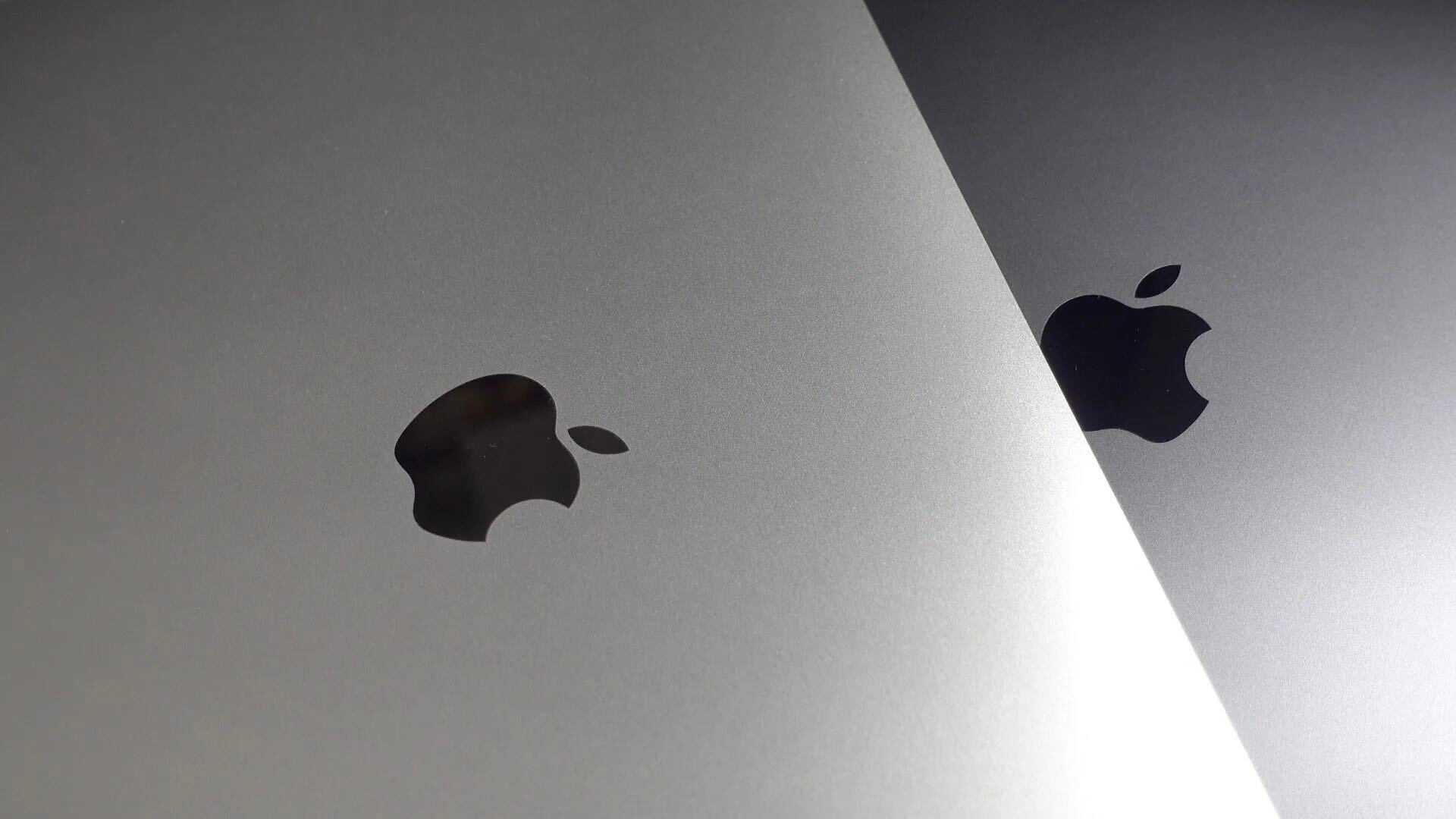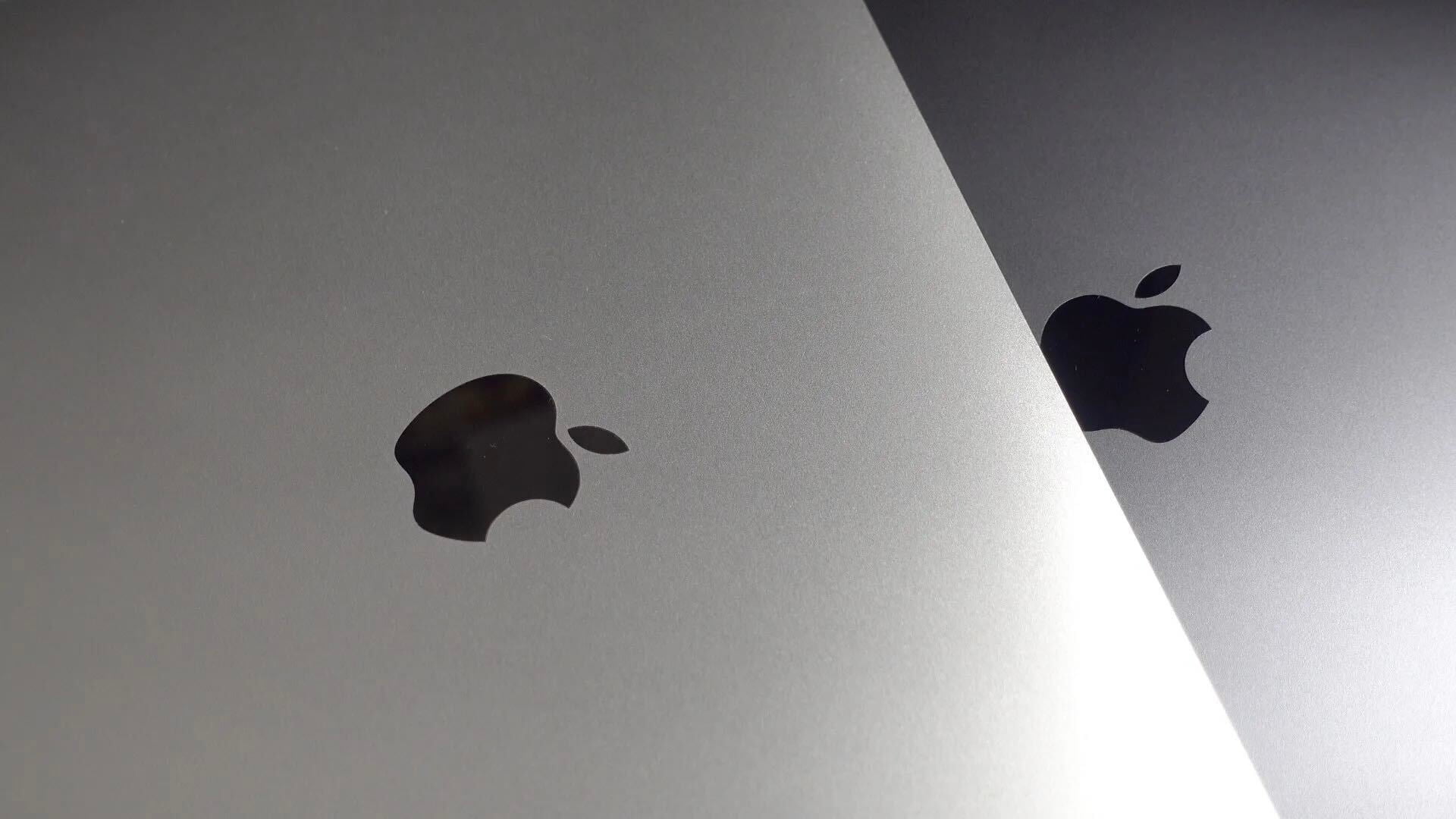
At this year’s jam-packed WWDC 2017, Apple introduced two new camera formats that are included in iOS 11: HEVC and HEIF. In using the new camera formats, Apple estimates users will be able to save up to 50% on storage needs, without any loss in image quality. This becomes the perfect solution for users on lower capacity devices, that still want to take advantage of the iPhone’s great camera.
Let’s dive in and see what other advantages these formats will bring.
Why is Apple switching to HEVC and HEIF?
For the past few years, camera videos on iOS have been using h.264 video compression and camera photos have been regulated to JPG. As the camera improves every year, and storage capacity needs increase, and Apple pushed towards a solution with compression and quality in mind.
It should be noted that neither of these new camera formats were originally built by Apple. HEIF is a relatively new system with technical specifications having been finalized in 2015, and HEVC being around for about as long. Apple is adopting HEVC and HEIF to tap into their strengths on their own systems.
By bringing in these new camera formats, Apple can continue to improve photo and video quality, while needing nearly half of the storage. That means savings not only in photos and videos taken in the camera app, but bandwidth from live streaming services too.
By making the move to High Efficiency Video Coding (HEVC) and High Efficiency Image File Format (HEIF), Apple is getting ready for the future of media consumption and creation.
What does that mean for me?
Basically, you’ll save 50% on storage when taking photos and videos using the iOS 11 camera app.
If you’re currently running iOS 11 beta 1, you can verify this by switching between the High Efficiency and Most Compatible formats under iOS Settings → Camera → Formats. Under the High Efficiency format, images will be saved as HEIC and movies as an HEVC .mov file. Under Most Compatible, images will be saved as JPGs and movies as an h.264 .mov file.
In testing I went out at night and took a photo and video of the New York City skyline. The outputted JPG image weighed in at 2 MB, while the HEIC image came in at 1.2 MB. Similarly, the h.264 encoded video was 61.2 MB, while the h.265 (HEVC) video was 33 MB.
- JPG vs HEIC FIle Sizes
Full resolution images are available here.
Outside of the camera, Apple has already begun encoding videos as HEVC in another iOS app: FaceTime. Starting back with the iPhone 6, HEVC was the format of choice in iOS video calls. By applying HEVC to the video conversations, Apple saved on bandwidth and data. This meant clearer and cleaner videos even when suffering from poor internet connectivity. In Apple’s WWDC 2017 High Efficiency Image File Format session, they showed just how HEVC’s deblocking filter can improve an image’s appearance.
- HEVC Deblocking Image Filter
This is only the beginning for the new formats. In the WWDC sessions this year, Apple explained that developers should begin building in HEIF and HEVC support in their applications today. Of course, the question of compatibility arises. Not all services, apps, and hardware support the new formats, so Apple shares some ideas on accounting for that.
Apple explains that to use these new camera formats, iOS devices will need to have at least an A9 chip.
On stage this year Apple made it clear it’s going all in on HEVC and paving the way for HDR. To support HDR10, a device would need to play content from an HEVC video and have support for 10-bit graphics. It just so happens that Apple announced that the new iPad Pro supports HDR video and that the new iMac will support 10-bit graphics. Dan Rayburn of Streaming Media, predicts that Apple might even “re-encode their entire library including SD and HD videos,” which would result in smaller files when streaming or downloading to your Apple TV or iOS device.
iOS 11 is currently in developer beta, with a public preview expected for later this month.
You can watch the full developer talk Introducing HEIF and HEVC at WWDC 2017 below:
Update 06/08/2017 3:03 PM PT: Clarified that HEVC was already being used on FaceTime, beginning with the iPhone 6.
FTC: We use income earning auto affiliate links. More.



Comments